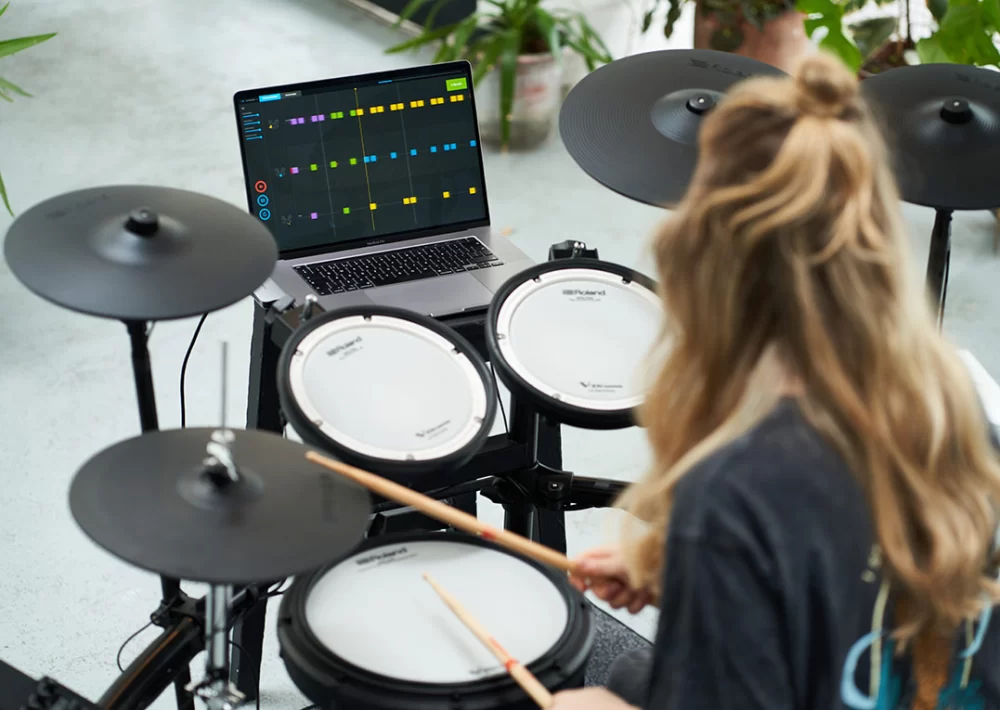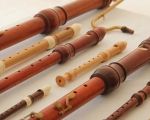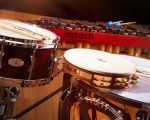
Choosing a Drum Kit That Fits Your Needs
When I first started playing drums, I was overwhelmed by the number of options available. There are so many different types of drum kits, and it can be hard to know which one is right for you. If you're reading this, you're probably in the same boat. So, let me share with you what I’ve learned about how to choose a quality drum kit that suits your needs and budget. This guide will help you navigate the complexities of purchasing a drum kit, whether you're a beginner or an experienced player looking to upgrade.
1. Understand Your Drumming Style and Purpose
Before diving into the world of drum kits, it's essential to understand your style of drumming. Are you looking to play rock, jazz, or maybe even electronic music? Your style of drumming will influence the type of drum kit you need. For example, rock drummers typically prefer larger kits with more toms and cymbals, while jazz drummers may opt for smaller, more compact kits that produce a warmer tone. Think about the type of music you want to play and consider the sounds that will best complement your genre.
2. Drum Kit Components
One of the most important things to consider when buying a drum kit is understanding the individual components that make up the kit. A standard acoustic drum kit typically includes a bass drum, snare drum, toms, cymbals, and hardware like the drum throne, pedals, and stands. Each of these parts can vary in quality, which is why it’s crucial to look at each element carefully. Let’s break down the key components of a drum kit:
The Bass Drum
The bass drum is the heartbeat of the drum kit. It produces a deep, resonant sound and is typically played with a foot pedal. Look for a bass drum that offers good resonance and sustain. If you're planning to play with a heavy foot or fast beats, make sure the pedal is responsive and smooth.
The Snare Drum
The snare drum is one of the most versatile and essential drums in your kit. It provides the sharp “crack” sound that defines many musical genres. When choosing a snare, consider the material it's made from (steel, wood, etc.) as this impacts the tone. A snare made of metal will give you a brighter, louder sound, while a wooden snare will offer a warmer, softer tone.
Toms and Cymbals
The toms are the mid-range drums in your kit and offer a variety of sounds depending on their size. Larger toms have a deeper, more resonant sound, while smaller toms provide a punchier sound. Cymbals, on the other hand, range from crash cymbals to ride cymbals, each producing distinct tones. Pay attention to the quality of cymbals as they can greatly affect the overall sound of your kit.
3. Acoustic vs. Electronic Drum Kits
Now, you might be wondering whether you should go for an acoustic or electronic drum kit. Both have their advantages, and choosing between them depends on your personal needs.
Acoustic Drum Kits
Acoustic drum kits are the traditional choice, and they offer a rich, natural sound that is ideal for live performances and recording. They can be a bit loud, so you’ll need to consider your practice space. They also require more maintenance, such as tuning and occasional replacement of heads.
Electronic Drum Kits
Electronic drum kits are an excellent option for those who need a quieter practice environment or are looking for a more versatile setup. Electronic kits can be played with headphones, making them ideal for apartment dwellers. They also come with a variety of sounds and effects, which can be a lot of fun to experiment with. However, they don’t quite match the feel of acoustic drums, and the price can be higher depending on the features.
4. Budget Considerations
Drum kits can range from a few hundred dollars to several thousand. While it’s tempting to buy the most expensive kit, it's important to assess your budget and determine how much you're willing to spend. If you're just starting, a mid-range drum kit should be sufficient. As you progress, you can always upgrade individual components such as cymbals or snare drums.
5. Brand and Quality
The brand of the drum kit can also be a deciding factor. Some of the most respected brands in the industry include Pearl, Yamaha, DW, and Tama. These brands are known for their high-quality drum kits and have built a reputation over the years. However, don’t let brand names fool you—always check the quality of the components. Just because a kit comes from a well-known brand doesn’t necessarily mean it’s the best option for you.
6. Buying New vs. Used
If you're on a tight budget, buying a used drum kit can be a great way to save money. However, when purchasing used equipment, make sure to inspect the kit thoroughly for any damage or wear. Look for any cracks in the shells, signs of rust on the hardware, or worn-out drum heads. Sometimes, it may be worth paying a little extra for a brand-new kit to avoid potential issues down the road.
7. Test Before You Buy
If possible, always test the drum kit before purchasing it. This will give you a chance to feel the kit and hear how it sounds. Play each drum and cymbal, paying attention to the tone, resonance, and how comfortable you feel while playing. You should also ask if you can tune the drums to your liking. Tuning is a big part of getting the sound that you want, and many drum kits come with poorly tuned heads straight from the factory.
8. Accessories and Extras
Finally, don't forget to consider the accessories you'll need. A good drum throne (seat) is essential for comfortable playing, and a sturdy drum pedal will ensure your bass drum responds well. You might also want to invest in practice pads, drum bags, and other accessories that will enhance your playing experience.
Choosing a drum kit is an exciting process, but it requires some careful consideration. By following these tips and taking your time to explore different options, you'll be able to find the perfect drum kit that meets your needs, budget, and playing style. Happy drumming!








